January 20, 2018
Port Isabel Historical Museum
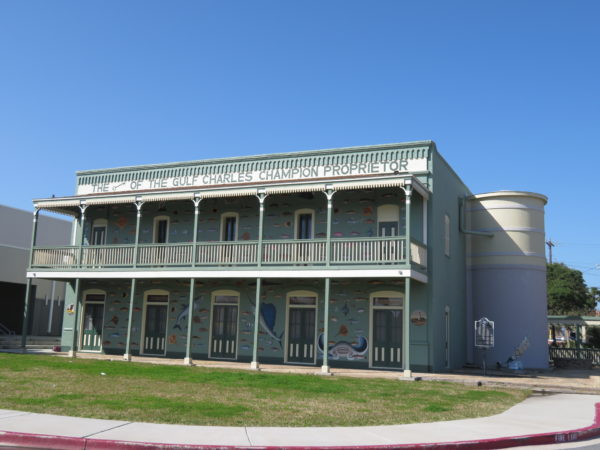 The building that houses the Port Isabel Historical Museum was built in 1899. Charles Champion operated a dry goods store on the first floor and lived on the second floor with his family. Jose Morelos painted a variety of fish from the nearby Laguna Madre on the building in 1906. The mural was restored in 1996.
The building that houses the Port Isabel Historical Museum was built in 1899. Charles Champion operated a dry goods store on the first floor and lived on the second floor with his family. Jose Morelos painted a variety of fish from the nearby Laguna Madre on the building in 1906. The mural was restored in 1996.
The museum’s exhibits trace the area’s history from prehistory to industry in the twentieth century. It’s a small museum, so there was no mastodon or mammoth skeleton, but there was a fossilized molar. [No pictures were allowed.]
Until our visit to the Rio Grande Valley we hadn’t learned much about the Mexican-American War. The first battle of that war was fought near Brownsville at Palo Alto and was won, at least in part, because the American troops had more effective artillery which they used to attack and then moved quickly to another location. This use of “flying artillery” had been developed by Major Samuel Ringgold. He was wounded in the battle and died several days later. Seven U.S. cities are named for him, including Ringgold, Georgia where we have visited many times. It’s fun to stumble upon the origin of this familiar city’s name.
Treasures of the Gulf Museum
In 1554 three Spanish ships were wrecked on Padre Island. They had left Mexico and were halfway to Havana when they were driven onto the Texas shore. 200 people were lost in the storm. 100 survivors headed for Spanish settlements to the south. They tried to lighten their load crossing the Rio Grande and mistakenly jettisoned their crossbows instead of other belongings. They were attacked by bands of natives. One band captured two Spaniards and stripped them of their clothes. Thinking to please the natives, the other Spaniards also disrobed. They were killed.
A priest, shot with seven arrows, begged to be left to die. He was buried in sand with his face uncovered. He and a soldier were the only survivors.
Through the years, salvage efforts have recovered half of the treasure. The other half, $4.5 million in today’s dollars, has not been found.
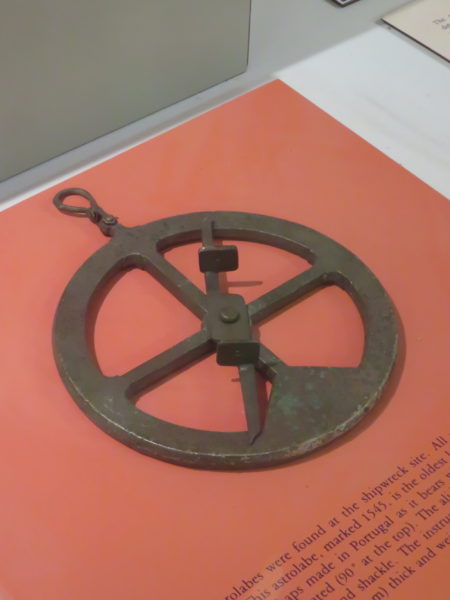
An astrolabe from one of the ships. It was used to determine latitude by observing the height of the sun at noon. This is the oldest known dated astrolabe in the world.
Exhibits in the museum gave a feel for life aboard the ships. For example, a sailor’s daily ration included three pints of water, 2 pints of wine, and bread. Other provisions were salt pork, tuna fish, sardines, anchovies, flour, sugar, raisins, eggs, garlic, olive oil, olives, vinegar, peas, beans, rice, cheese, almonds, dried fish, and bacon. Only the midday meal was heated.
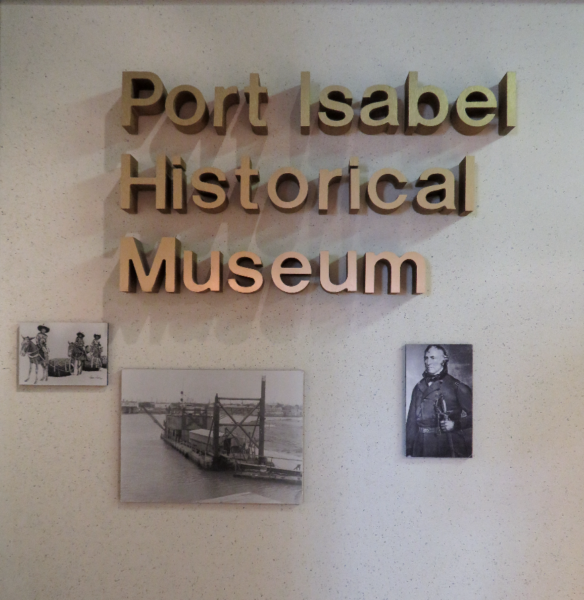
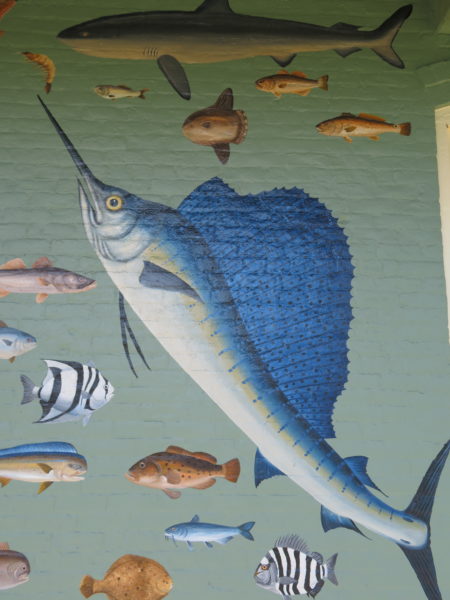
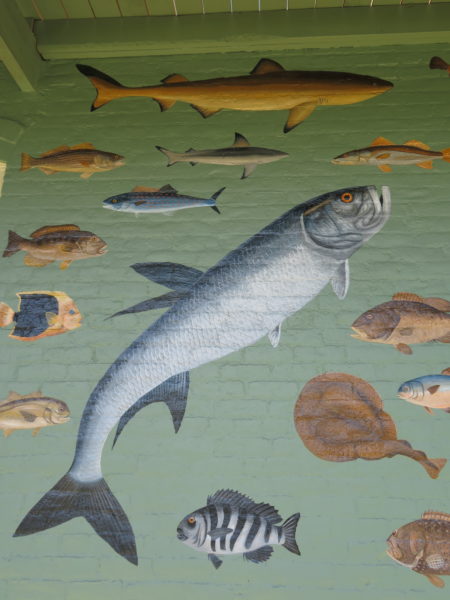
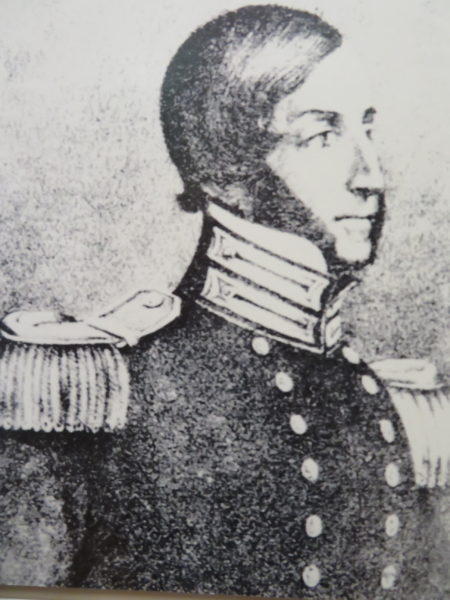
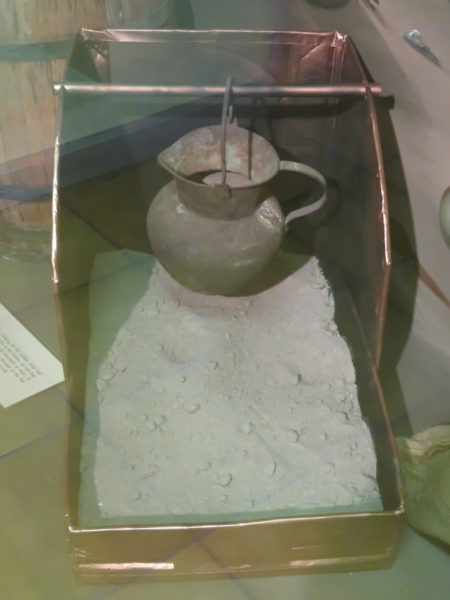
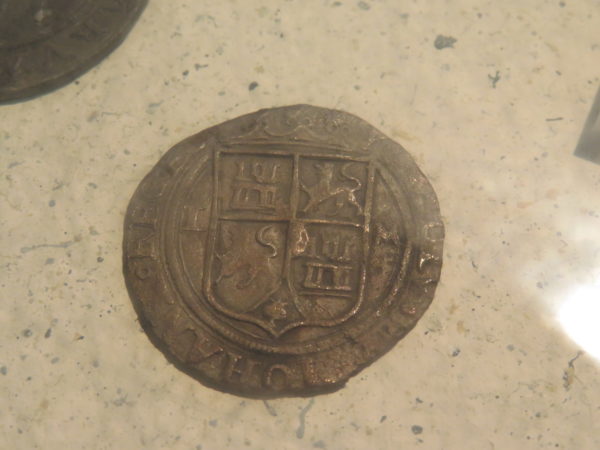
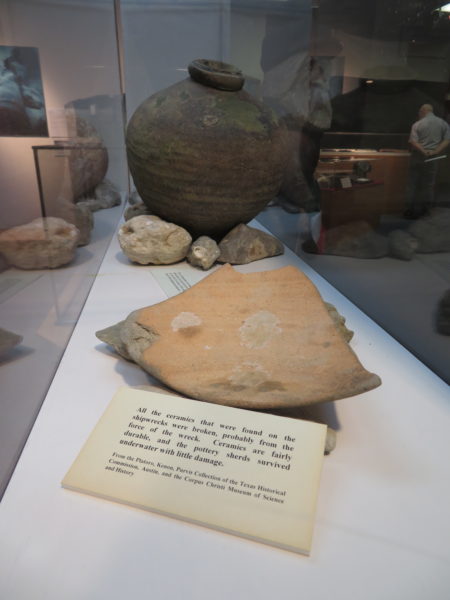
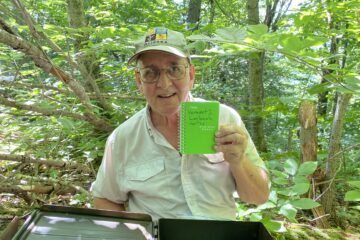


3 Comments
Esther McAfee · March 25, 2018 at 12:33 pm
I am so glad you are finding fun stuff to do in TX. My only experience in TX was driving that long way across it on our way to CA.
Susan · April 9, 2018 at 7:43 pm
I think you should be out treasure hunting! What happened to the guy that had all the arrows but then survived. Did it say what he did later?
Jane Appel · April 13, 2018 at 3:09 pm
Sorry, Susan. We haven’t found any additional information about the survivor. But what a story!